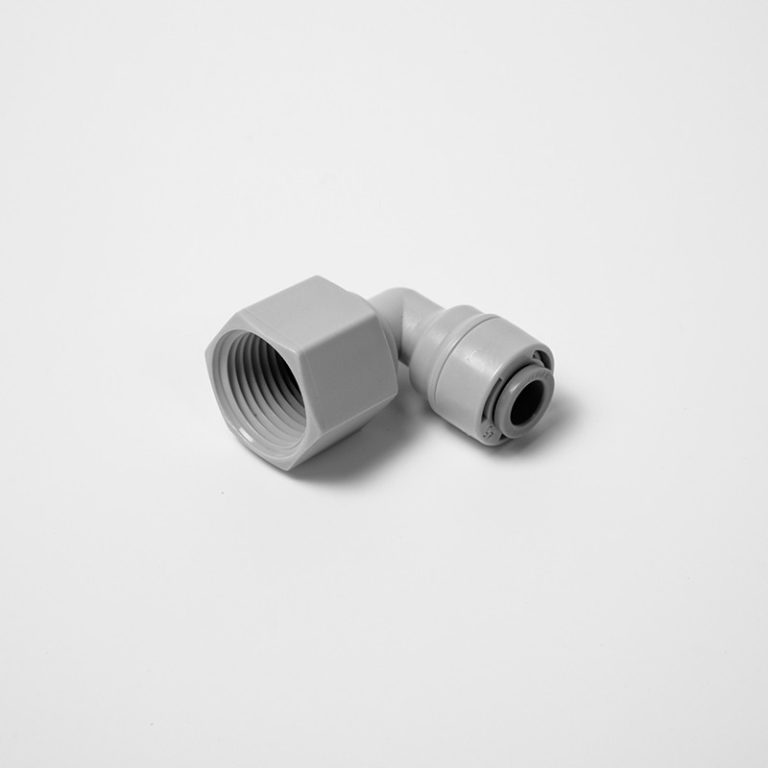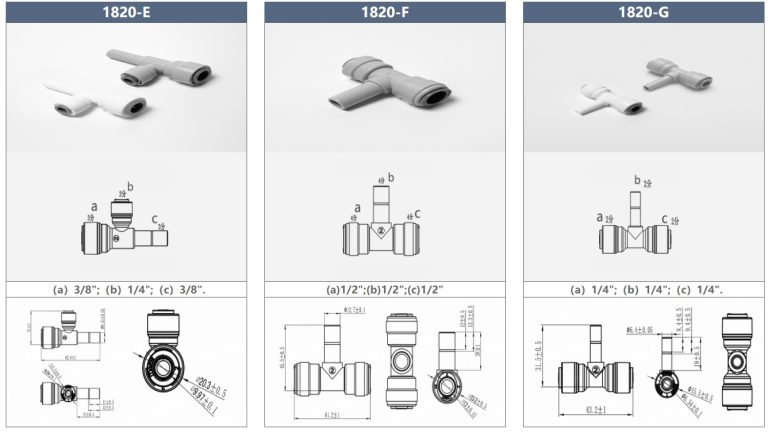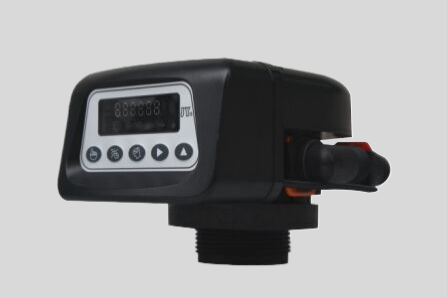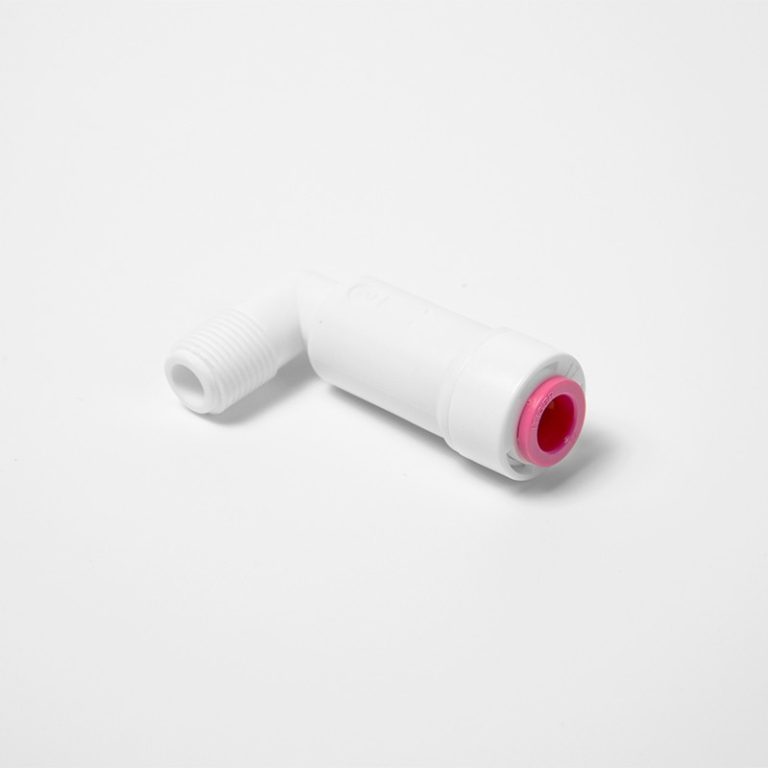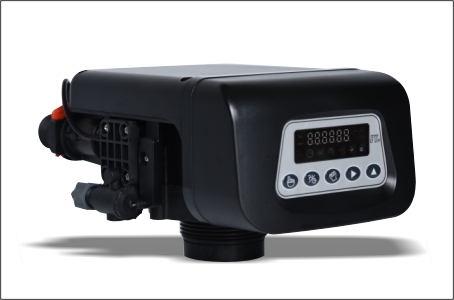“Measure with precision, unlock the power of conductivity.”
Understanding the Basics of Conductivity Meters
Conductivity meters are widely used in various industries to measure the electrical conductivity of a solution. This measurement is crucial in determining the concentration of dissolved ions in a solution, which can provide valuable information about its chemical composition and overall quality. Understanding how conductivity meters work is essential for anyone working in fields such as water treatment, pharmaceuticals, or food and beverage production.
At its core, a conductivity meter consists of two electrodes, a power source, and a measuring circuit. The electrodes are typically made of a conductive material such as platinum or graphite and are immersed in the solution being tested. The power source supplies a small electrical current to the electrodes, creating a potential difference between them. The measuring circuit then measures the resulting current flowing through the solution.
The conductivity of a solution is directly proportional to the concentration of ions present in it. When an electric field is applied to a solution, the ions in the solution move towards the oppositely charged electrode. This movement of ions creates an electric current, which is measured by the conductivity meter. The higher the concentration of ions in the solution, the higher the conductivity.
To ensure accurate measurements, conductivity meters are calibrated using standard solutions with known conductivity values. These standard solutions are prepared by dissolving precise amounts of specific salts in distilled water. By comparing the conductivity of the solution being tested to the conductivity of the standard solutions, the meter can accurately determine the concentration of ions in the solution.
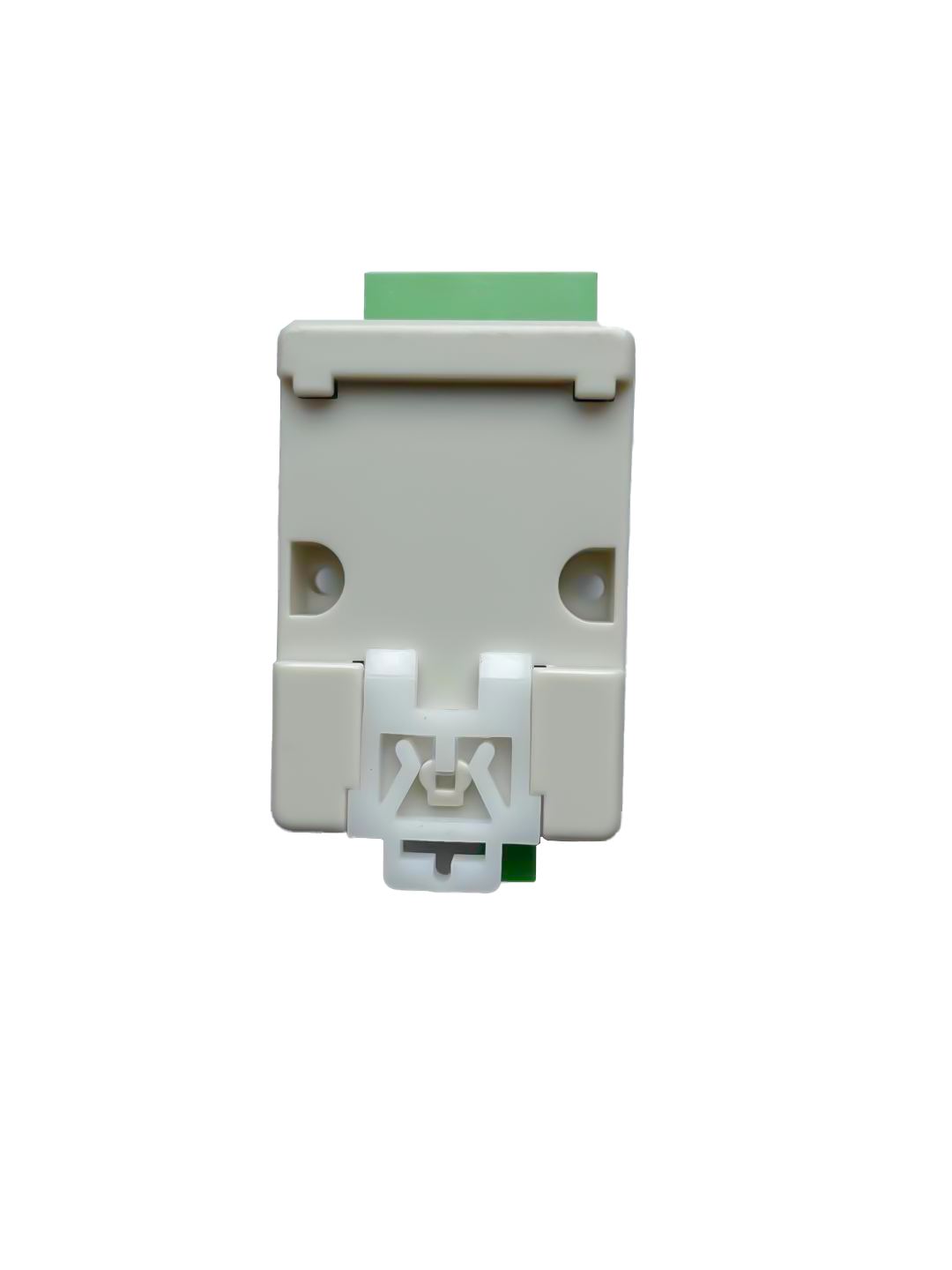
One important factor to consider when using a conductivity meter is temperature. The conductivity of a solution is highly dependent on temperature, as temperature affects the mobility of ions. Most conductivity meters have built-in temperature compensation features that adjust the readings based on the temperature of the solution. This ensures that accurate measurements are obtained regardless of temperature variations.
In addition to measuring the conductivity of a solution, some advanced conductivity meters can also measure other parameters such as total dissolved solids (TDS) and salinity. TDS refers to the total amount of dissolved substances in a solution, including both ions and non-ionic compounds. Salinity, on the other hand, specifically measures the concentration of salt in a solution. These additional measurements can provide further insights into the composition and quality of a solution.
In conclusion, conductivity meters are essential tools for measuring the electrical conductivity of solutions. By understanding the basic principles behind their operation, users can obtain accurate and reliable measurements of ion concentration. Conductivity meters are widely used in various industries, and their ability to measure conductivity, TDS, and salinity makes them versatile instruments. With proper calibration and temperature compensation, conductivity meters can provide valuable information about the chemical composition and quality of solutions.

